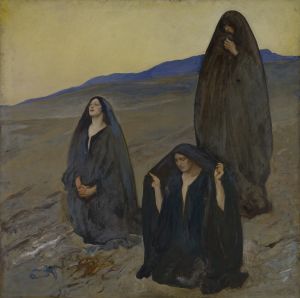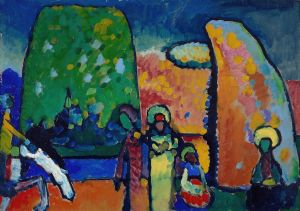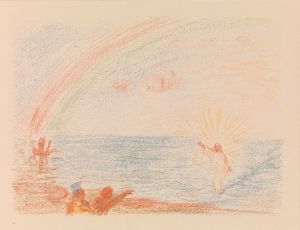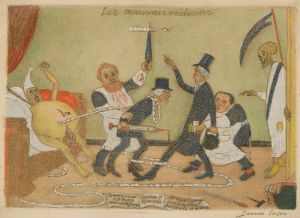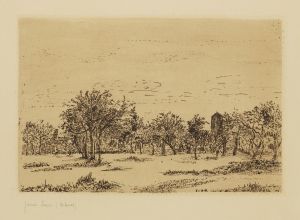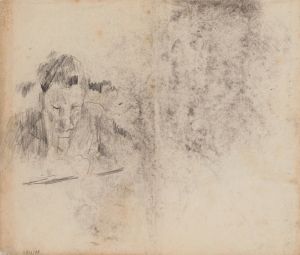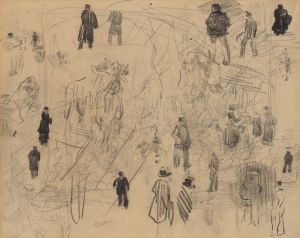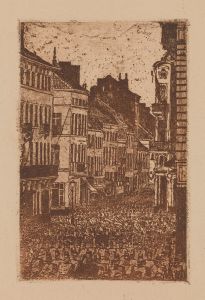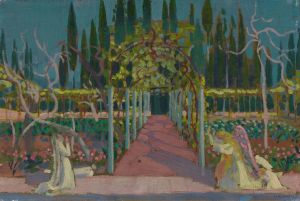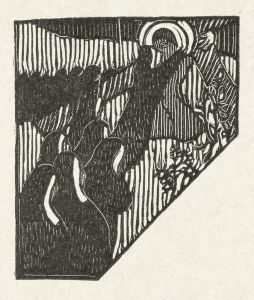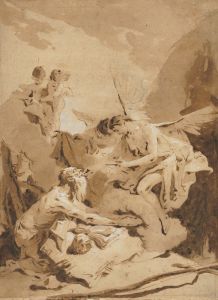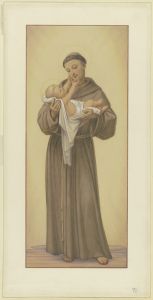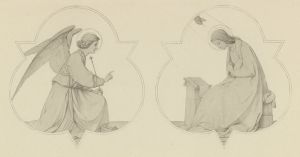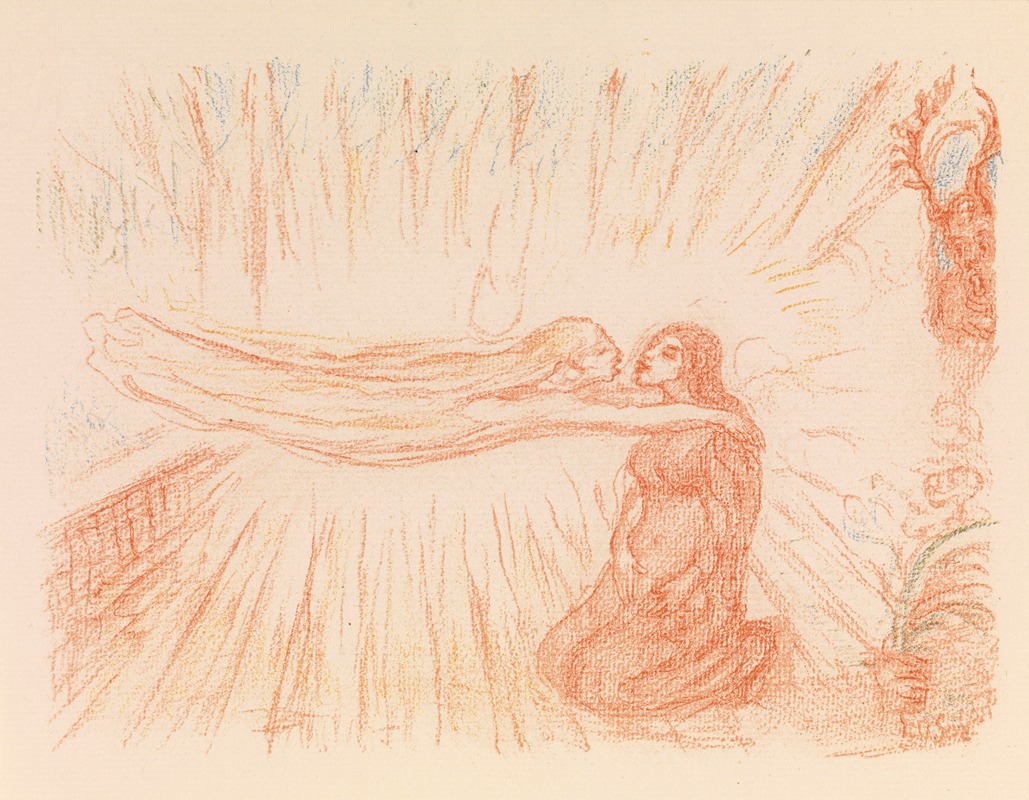
The Annunciation
A hand-painted replica of James Ensor’s masterpiece The Annunciation, meticulously crafted by professional artists to capture the true essence of the original. Each piece is created with museum-quality canvas and rare mineral pigments, carefully painted by experienced artists with delicate brushstrokes and rich, layered colors to perfectly recreate the texture of the original artwork. Unlike machine-printed reproductions, this hand-painted version brings the painting to life, infused with the artist’s emotions and skill in every stroke. Whether for personal collection or home decoration, it instantly elevates the artistic atmosphere of any space.
"The Annunciation" is a painting by the Belgian artist James Ensor, created in 1887. Ensor, born in 1860 in Ostend, Belgium, is known for his unique and often provocative style that blends elements of realism, symbolism, and expressionism. His works frequently feature grotesque imagery, masks, and skeletons, reflecting his fascination with the macabre and the absurd.
"The Annunciation" depicts the biblical scene of the Angel Gabriel announcing to the Virgin Mary that she would conceive and become the mother of Jesus Christ. This subject has been a popular theme in Christian art for centuries, and Ensor's interpretation is notable for its distinctive approach.
In Ensor's version of "The Annunciation," the scene is set in a domestic interior rather than a traditional religious setting. The painting features a richly detailed room with various objects that contribute to its unique atmosphere. The Angel Gabriel is depicted with an ethereal presence, while Mary is shown in a state of surprise and contemplation. Ensor's use of color and light in the painting is striking, with a palette that includes vibrant reds, blues, and yellows, creating a sense of drama and intensity.
One of the most remarkable aspects of Ensor's work is his ability to blend the sacred with the everyday, infusing the scene with a sense of both reverence and familiarity. This approach reflects Ensor's broader artistic vision, which often sought to challenge conventional boundaries and explore the complexities of human experience.
Ensor's "The Annunciation" is also notable for its detailed and expressive brushwork. The textures and patterns in the painting are rendered with great care, adding depth and richness to the composition. This attention to detail is characteristic of Ensor's broader body of work, which often features intricate and meticulously crafted scenes.
Throughout his career, James Ensor was associated with the avant-garde movement in Belgium, particularly the group known as Les XX (The Twenty), which he co-founded in 1883. This group of artists sought to promote innovative and experimental approaches to art, and Ensor's work was a significant contribution to this movement. His unique style and vision have had a lasting impact on the development of modern art, influencing later artists and movements.
"The Annunciation" by James Ensor remains an important example of his artistic legacy. It captures the essence of his approach to art, blending traditional themes with a modern sensibility and a keen eye for detail. The painting is a testament to Ensor's ability to transform familiar subjects into something entirely new and thought-provoking, making it a significant work in the history of art.





